Home »
Misc »
How to stop fouling in basketball
How to stop fouling in basketball
How to Stop Excessive Fouling In Basketball Games
How to Stop Excessive Fouling In Basketball Games
| Nitty-Gritty Basketball
Stop Excessive Fouling
| |
|
| Main I Products I Clinics I Basketball Help/Tips I Contact Us I Join List I Order I Free Downloads |
How To Stop Excessive Fouling
© 2000 Sidney Goldstein Most of this article is from an email in response to a father's question about his daughter being benched half of each game because of careless fouls.![]() Use this with any player, especially big bruisers, who tend to foul too much. Use this with any player, especially big bruisers, who tend to foul too much. Actually, this is an easy problem to completely solve. Figure maybe a half hour several times.
Here are the exercises you need to do:
1. Two players face each other maybe 1 foot apart. One player
has a ball; the other is your daughter, or the problem fouler. The player with the ball may not dribble or pivot. He must keep the ball out in front and move it
around quickly. Instruct your daughter to aggressively go after the ball. Urge her to be aggressive. Stop and then restart after each foul. When your daughter can aggressively go after the ball for 15 seconds without fouling proceed.
2. Allow the player with the ball to move it to the side or or
even behind. No pivoting is allowed. Same directions as 1.
3. Now allow the player with the ball to pivot. Allow your daughter to move her feet. Again urge your daughter to go aggressively after the ball. Same directions as 1. Again urge your daughter to go aggressively after the ball. Same directions as 1.
4. The player with the ball sets up 1 foot from the basket.
Your daughter is right in front. The player shoots. Your daughter
aggressively attempts to block the shot. Make sure you daughters arms remain in a vertical position. If she brings her arms toward the ball call a foul. Again you must urge her to block the shot. In each drill you must urge you daughter to be aggressive
to simulate game situations. Without this continued urging these
drills are worthless. You want her aggressive, but in control.
Your comments are welcome.
Sidney Goldstein, author of The Basketball Coach's Bible and The Basketball Player's Bible, has successfully coached both men's and women's teams over a period of 15 years. |
| The Nitty-Gritty Basketball Series
by Sidney Goldstein | |
|
website copyright 1995-2008 © Sidney Goldstein, Golden Aura Publishing, Blocking Foul In Basketball
Home>Sports>Basketball>Basketball Fouls and Fouling
PreviousNext
A blocking foul in basketball is a foul assessed to a defensive player who is not properly positioned and makes contact with an offensive player to stop their movement. If the defensive player is still moving, does not have his feet planted, or has not established themselves within the ball handler’s path before the two players collide, a blocking foul against the defender will be called.
If the defensive player is still moving, does not have his feet planted, or has not established themselves within the ball handler’s path before the two players collide, a blocking foul against the defender will be called.
A blocking foul will result in the ball being taken out of bounds or free throws, depending on if the team is in the bonus. Frequently, one or both players are knocked backwards or to the ground when a blocking foul occurs, making it easy to tell when the foul should be assessed. However, the difficulty is distinguishing between the foul being called a block or a charge.
The opposite of a blocking foul is a charging foul assessed to an offensive player. Blocking fouls often occur as a result of the defense attempting to take a charge but not getting to the proper position in time. Charging fouls occur when the offensive play makes excessive contact with a defender who is properly set. The defining factor between a blocking foul and a charging foul is whether or not the defender had proper timing and positioning before the contact was made.
Table of Contents
Restricted Area
The restricted zone is an area of the court used in NBA and NCAA basketball in which charging fouls cannot be called. In other words, the defensive player must be outside of this zone or else they will be called for a blocking foul. It is common for blocking fouls to occur in this zone. The restricted zone is marked by a small half circle measuring about four feet placed underneath the rims. This zone is present to provide an advantage to the offensive players and prevent excessive attempts to receive charging calls near the basket.
Keep in mind, the restricted zone is not present in high school basketball.
FAQ
What happens after a blocking foul in basketball?
After a blocking foul, the player who commits the foul will be charged with one personal foul. The player who got fouled will then either take two shots if they were in the motion of shooting or inbound the ball from the baseline.
What is the difference between a blocking foul and a charge?
In basketball, blocking fouls and charges are inversely related. Blocking fouls are defensive fouls called on players who impede an opponents movement to the hoop without setting their feet, whereas charging fouls are the result of an offensive player running into a defender who does successfully set their feet in front of their opponent. In short, a blocking foul is an unsuccessful attempt to draw a charge.
How is a blocking foul signaled in basketball?
When a blocking foul is committed, the referee will blow the whistle and bring both of their hands to their hips. The motion is similar to a thrust, with the ref’s arms moving quickly towards their hips. This action is noticeably different than a charge call, which entails the referee putting one hand behind their head and the other arm pointing in the opposite direction of play.
PreviousNext
Pages Related to Blocking Foul In Basketball
- Defensive Foul Basketball
- Basketball Unintentional Foul
- Basketball Team Fouls
- Basketball Technical Fouls
- Hand Check Basketball
- Flagrant Foul Basketball
PreviousNext
Disqualifying foul in basketball: what is it?
Any unacceptable unsportsmanlike conduct by competitors, substitutes, assistant coach and coach himself, as well as disqualified players and other members of the delegation is called a disqualifying foul.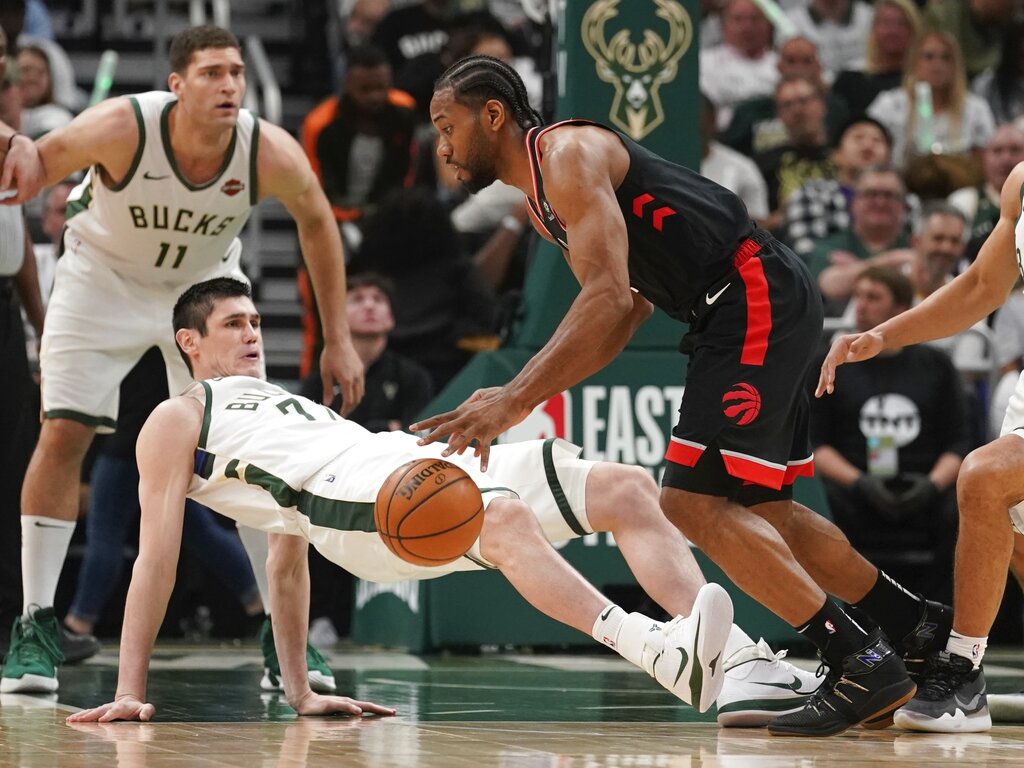
In the event that the head coach receives a disqualifying foul, he must be replaced by:
- first mate, provided that it is entered on the score sheet;
- captain.
Instead of fair play and competitive sports, athletes sometimes use violence during the game. This must be immediately stopped by a judge or security, if necessary.
Get new forecasts: Vkontakte and Telegram .
Manifestation of violence
- Whenever violence is observed (in which players are actively involved) both on and near the playing court, the referees are required to act immediately to stop such acts.
- Players who have taken part in any acts of aggression directed against anyone must be excluded from the game. This incident must be reported to the organizers of the competition.
- The security service has the right to enter the playing court only after the permission of the referee. But in the event that it is clear that spectators are entering the court with the intent to commit acts of violence, the security service must intervene quickly to ensure the protection of the referees and players.
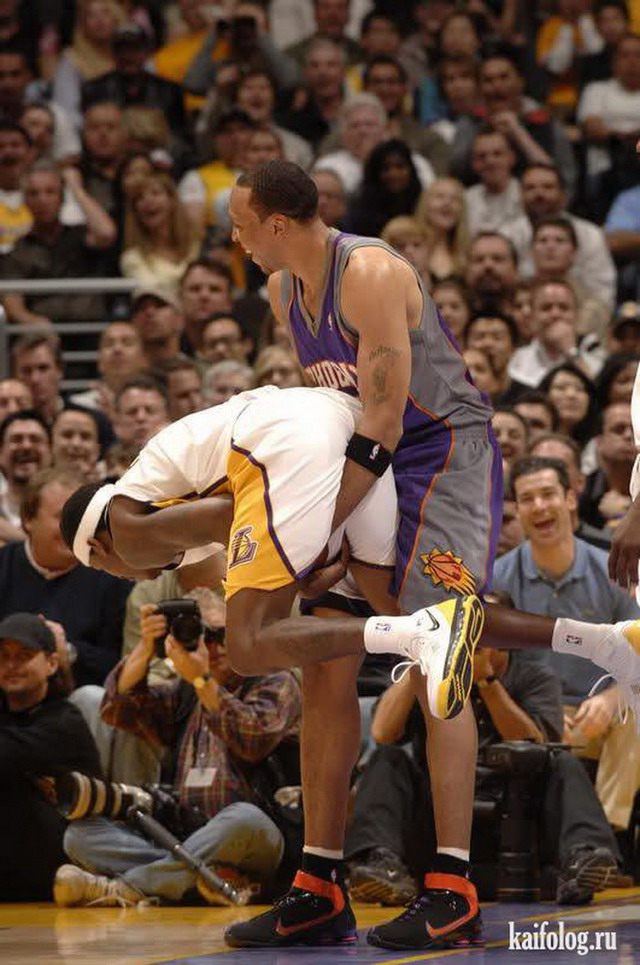
- Within the competence of the organization responsible for the conduct of the competition and public order officials is the entire area near the playing area and beyond, as well as all entrances and exits, the corridor and the dressing room.
- Referees must prohibit actions that result in breakage or damage to playing equipment in relation to players or persons who are allowed to sit on the team benches.
- If the referee notices any damage, the head coach of the offending team is given a warning.
- In the event of repeated injuries, a disqualifying or technical foul may be called against the perpetrators.
Punishment of guilty persons
- The offending player may be penalized with a disqualifying foul.
- At each disqualification, according to the current Rules, the player must leave the playing field and go to the dressing room, where he must remain for the entire game, or he may leave the building where the game is being played.
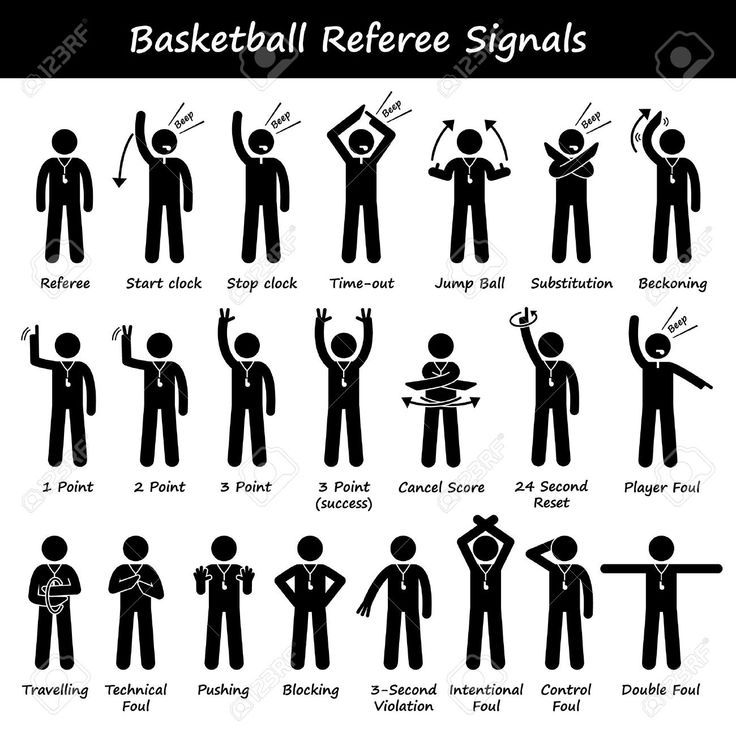
Free throw
A player is awarded a free throw if:
- Competitor was fouled with contact;
- May be executed by any opposing player indicated by the coach for a no contact foul.
A throw-in is taken after a free throw from the frontcourt throw-in line. The number of free throws is determined as follows.
2 free throws
- in case the foul occurred on a competitor who did not take the throw;
- a non-contact foul was made;
- when the foul is a head coach exclusion;
- when the head assistant coach, as well as substitutes and sent-off players, members of the delegation are excluded as a result of a foul, as a result of which the head coach is punished with a technical foul;
- if, after the punishment described above, any of the above persons took an active part in a fight:
- 2 free throws are awarded for each disqualifying foul of a substitute, sent-off player, and head assistant coach;
- if a coach is charged with disqualifying fouls, then for each disqualifying foul of a member of the delegation - 2 free throws.
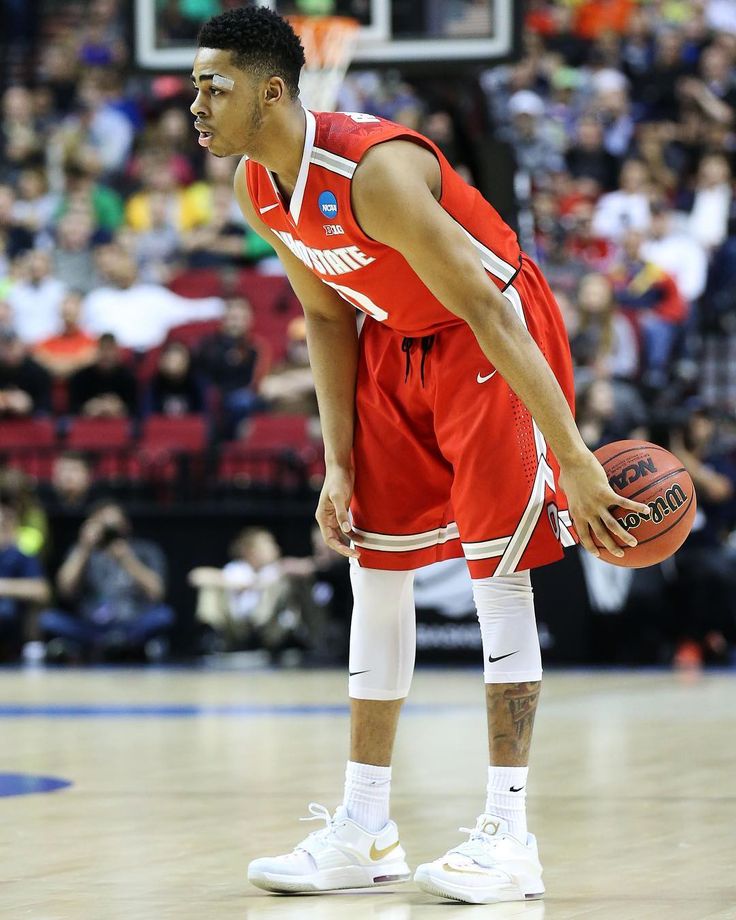
2 or 3 free throws
Assigned when a player is fouled on a shot and as a result the ball does not enter the basket.
1 free throw
Awarded if a foul was committed on a player who was throwing the ball and the ball was successfully thrown into the basket. The scoring team shall be awarded a point and an additional free throw awarded. Free throws are compulsory provided that they cannot be offset by equivalent penalties to the opponent.
All about basketball
Betting on 2-point shots in basketball Basketball is one of the most demanded sports among bookmaker clients....
Basketball dribbling methods The movement of a basketball player with the ball around the court in any direction and at any speed is called dribbling...
Contact in basketball: the principle cylinder, principle of verticality, player marking, screening, collision, blocking Cylinder principle For.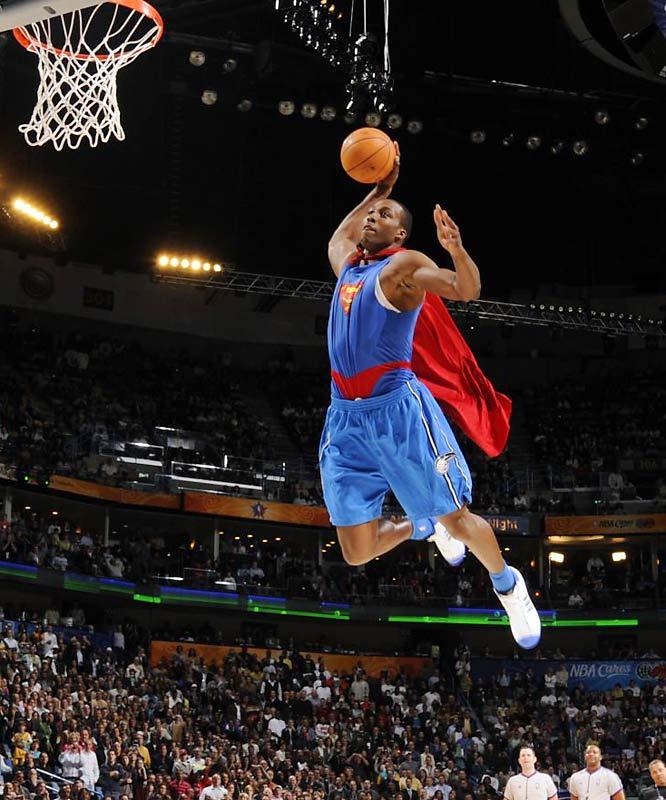 ..
..
24 Seconds in Basketball: Shooting Conditions for Rule An important role in the competition is played by the 24 second rule, which...
Basketball Dictionary
Number 2 in Basketball Second Number in History The NBA is considered stellar. In the Basketball Hall of Fame, most players have ever played under...
Basketball number 3 It is a tradition in basketball to assign numbers to players if they achieve significant results. So for example...
Number four Who is the “number four” on the basketball team? What functions does the fourth number perform on the field? Fourth number...
Pull up the trajectory What does it mean to "up the trajectory" in basketball? How can you lift the trajectory when throwing? Raise the trajectory -...
All about sports
All about the fingerboard: design, basic tricks and competition rules In the modern world it is very difficult to make any global discoveries -.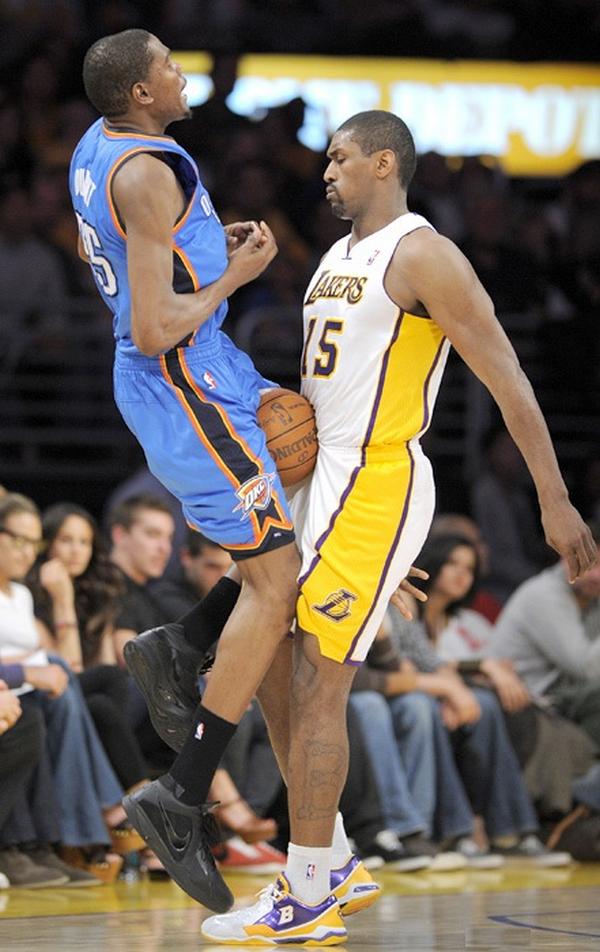 ..
..
Why should you try baseball? On the territory of the post-Soviet space, many believe that baseball originated from Russian...
Time-Match Generator Time-Match is a type of betting on football, which offers the player to guess how the first half and the match will end. Total...
Delayed offside in ice hockey: decisions made by the referee depending on the situation In circumstances not requiring mandatory...
technical foul, rules of conduct, penalty
36.1 Rules of conduct
(if present).
36.1.2 Each team has the right to make every effort to achieve victory, but this must be done in the spirit of sportsmanship and fair play.
36.1.3 Any willful or repeated disregard of this cooperation or the spirit and purpose of this rule shall be considered a technical foul.
36.1.4 Officials may prevent technical fouls by issuing warnings or even omitting minor technical infractions of the Rules which are obviously unintentional and do not directly affect play, unless such infraction is repeated after a warning.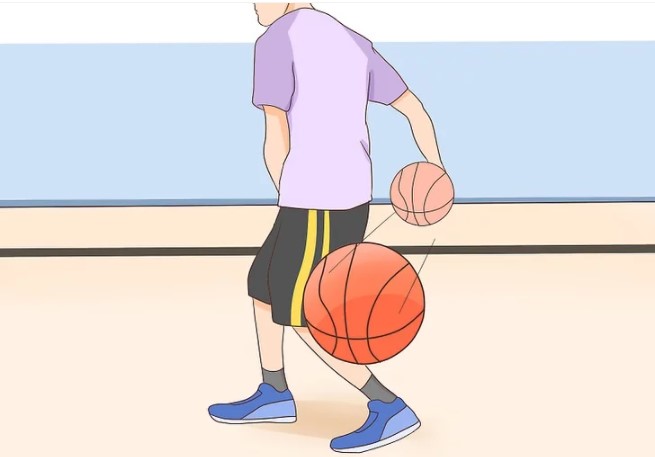
36.1.5 If a technical foul is discovered after the ball has become live, play shall be stopped and a technical foul called. The penalty shall be administered in the same manner as if the technical foul had occurred at the time it was called. Everything that happened in the time interval between the technical violation of the Rules and the stoppage of the game remains in force.
36.2 Violence
36.2.1 Acts of violence may occur during the game against the spirit of sporting competition and fair play. They must be stopped immediately by judges and, if necessary, by members of the public order forces.
36.2.2 Whenever acts of violence involving players or persons on the team bench occur on or in the vicinity of the playing court, the referees must take the necessary measures to stop them.
36.2.3 Any of the above persons guilty of manifest acts of aggression against opponents or referees shall be disqualified. The chief referee must report the incident to the organization holding the competition.
The chief referee must report the incident to the organization holding the competition.
36.2.4 Public order officers may enter the playing court only at the request of the referees. However, if spectators enter the playing court with the obvious intent to commit acts of violence, members of the public order forces must immediately intervene in order to protect the teams and officials.
36.2.5 All other areas, including entrances, exits, corridors, dressing rooms, etc., are under the jurisdiction of the organization holding the competition and employees of the public order forces.
36.2.6 Physical actions by players or team bench personnel that could cause damage to the playing equipment must not be allowed by referees.
As soon as the referees notice such actions, they must immediately issue a warning to the coach of the offending team.
In the event that such action(s) is(are) repeated, a technical foul shall be called immediately on the offending person(s).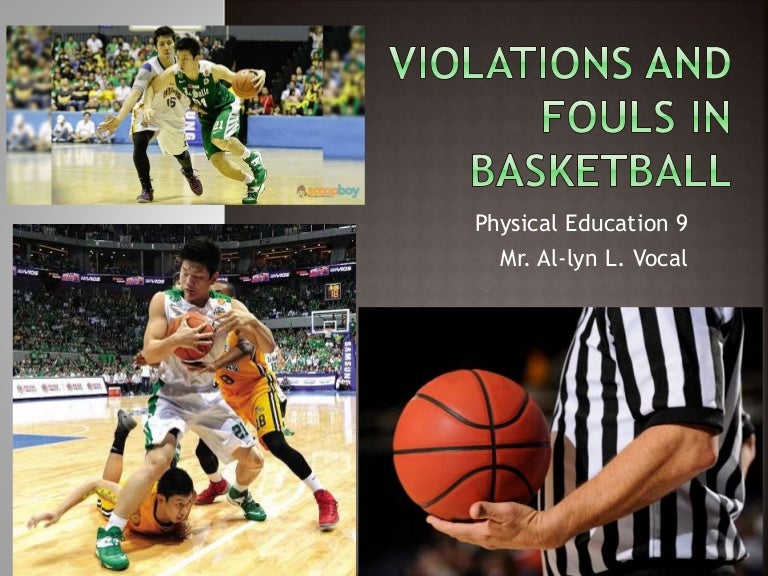
36.3 Determination
36.3.1 The player’s technical foul is not caused by contact with the opponent, including, but not limited to the player’s behavior when it is:
• Prevents the warnings
• Disrespectfully touches the officials, commissioner, table officials or team bench personnel.
• Disrespectfully addresses officials, commissioner, table officials or opponents.
• Uses expressions or gestures that offend or provoke viewers.
• Taunts an opponent or obstructs his vision by waving his arms in front of his eyes.
• He swings his elbows excessively.
• Delays play by intentionally touching the ball after it has passed through the basket, or by interfering with a quick throw-in.
• Falls to the floor, simulating a foul.
• Hanging on the hoop in such a way that the hoop supports the player's weight, except when the player is momentarily grabbing the hoop after an overhand throw or, in the opinion of the referee, is trying to avoid injury or to prevent injury to another player.
• Defender commits goal interference on the last or only free throw. In this case, the attacking team shall be awarded 1 point, after which the defender shall be charged with a technical foul.
36.3.2 Team bench technical foul is a foul for disrespectful treatment or touching of the officials, commissioner, table officials or opponents, or for violations of a procedural or administrative nature.
36.3.3 A player shall be suspended for the remainder of the game when charged with 2 technical fouls.
36.3.4 The coach shall be disqualified for the remainder of the game when:
• He is charged with 2 technical fouls ('C') as a result of his personal unsportsmanlike conduct.
• He is charged with 3 technical fouls (either all of which are 'B' or one of which is 'C') as a result of unsportsmanlike conduct by others on the team bench.
36.3.